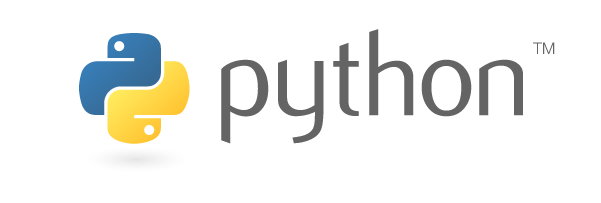We have released two very simple programs to create an entity in a context broker and for removing an entity based on its id.
Although this is pretty straight forward, being coded in PHP allows you to integrate with, in example, in a WordPress site.
In fact these programs are working in the test Orion-LD broker option, located here at home -> tools -> test Orion-LD broker
The source code is available at the utils directory and the data-models umbrella repository







